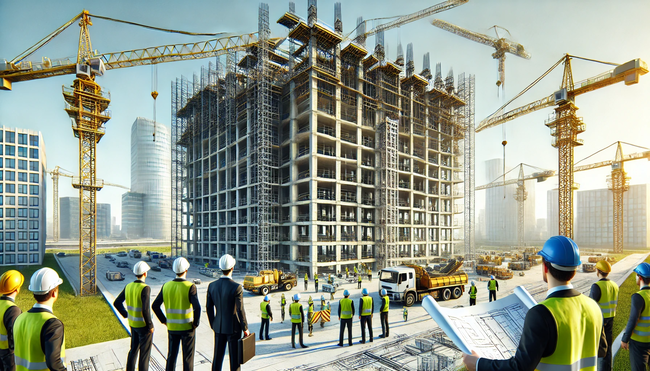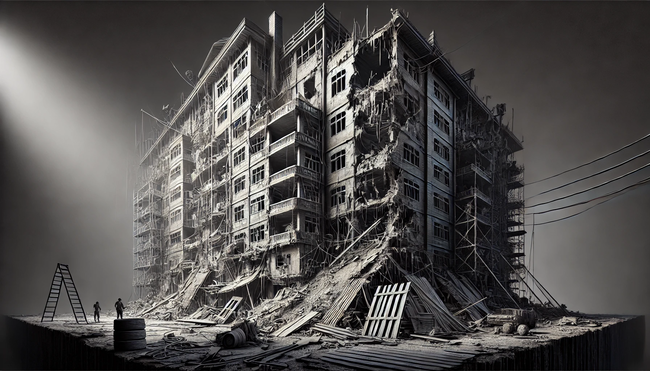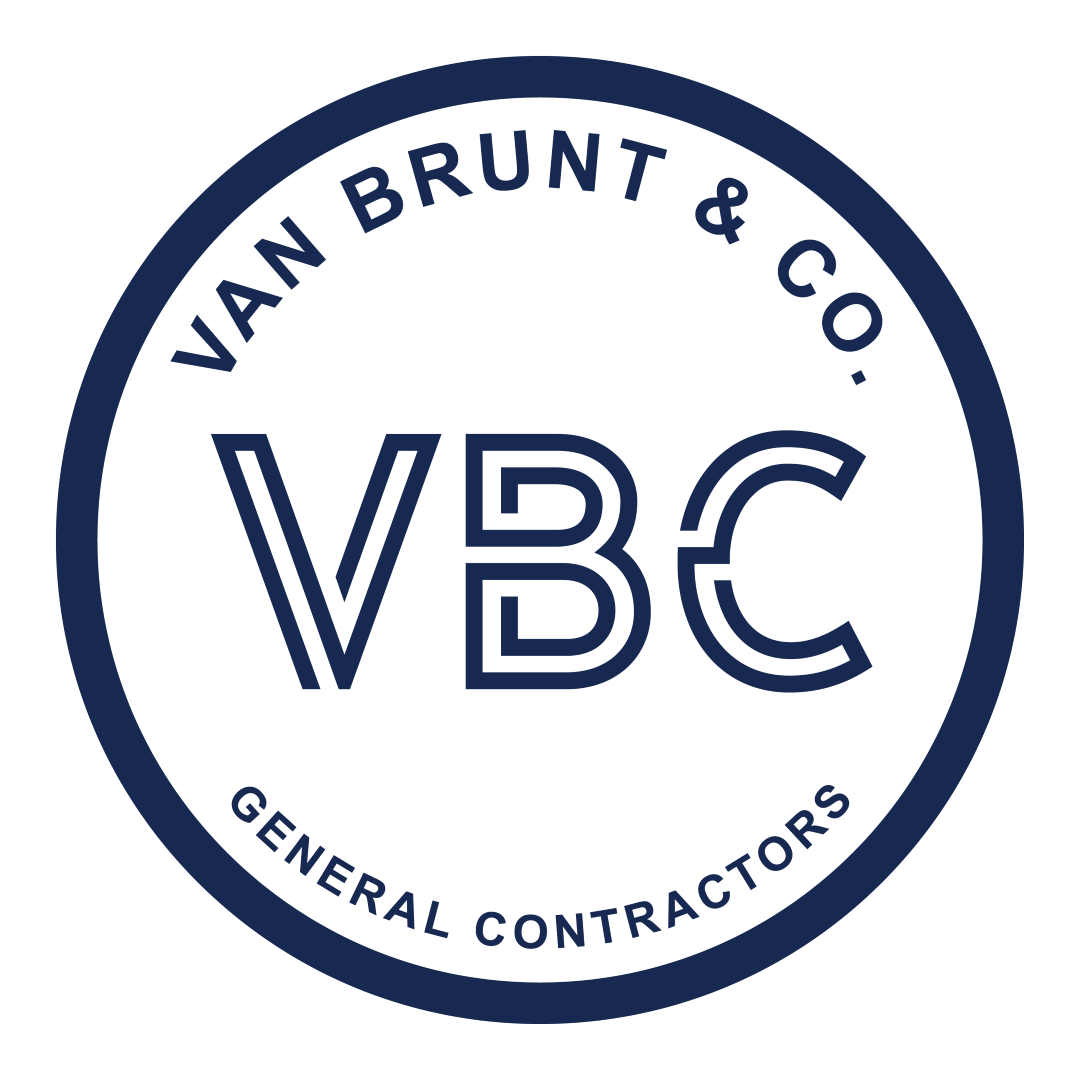Commercial buildings play a crucial role in the real estate market, encompassing a wide range of structures—from office spaces and retail stores to warehouses and manufacturing facilities. Each type of commercial building comes with unique advantages and challenges that affect both the owners and the businesses operating within them. If you’re considering investing in or using a commercial property, it’s essential to understand these factors to make informed decisions that align with your goals.
This guide will dive into the key benefits and potential drawbacks of owning and using commercial buildings. We’ll explore how factors like location, maintenance, and adaptability can impact your experience, whether you’re an investor looking to maximize returns or a business owner seeking a space that supports growth.

Commercial Buildings Advantages
Ample Space for Diverse Business Needs
One of the biggest advantages of commercial buildings is the generous space they offer to accommodate various business requirements. This is especially beneficial for sectors like manufacturing and distribution, where ample, high-quality storage is essential. Many commercial buildings come with features tailored for specific industries, such as cold storage, dedicated manufacturing areas, or truck-friendly access, providing businesses with the essential infrastructure they need.
Prime Locations for Business Accessibility
Commercial buildings are frequently situated in strategic locations that offer easy access to customers, suppliers, and business partners. This convenience can greatly enhance a business’s reach and accessibility, making it easier to maintain and grow client relationships. A good location also boosts visibility and can improve overall foot traffic, particularly for retail establishments.
Durable Construction and Low Maintenance
Built with high-quality materials, commercial buildings are designed for durability, ensuring they can withstand the demands of business operations. This quality construction reduces the need for frequent repairs and maintenance, saving both owners and tenants on costs over time. The robust structure of these buildings contributes to their long-term value, making them a dependable investment.
Income Opportunities and Space Flexibility
For owners, renting out commercial spaces can offer a stable and often increasing income source, particularly in urban areas where demand for commercial property is high. For tenants, the flexibility of commercial spaces is a major advantage; office layouts can be customized to accommodate different team sizes, and retail spaces can be crafted to attract and guide customers effectively, creating an adaptable environment that supports growth and engagement.

Commercial Buildings Disadvantages
High Costs and Additional Expenses
When considering commercial buildings, one of the primary drawbacks is the substantial cost associated with buying or renting these facilities. Commercial properties generally come with a price tag far above that of residential properties, making it essential for prospective owners or tenants to account for these costs in their budgeting. For those leasing a commercial space, additional expenses such as maintenance, property taxes, and other fees are often required, adding to the financial commitment.
Energy Use and Environmental Impact
Another challenge with commercial buildings is the high energy consumption typically required to maintain operations. These spaces demand considerable energy for essentials like air conditioning, lighting, and other utilities, resulting in elevated costs and an environmental footprint that can be difficult to mitigate. Parking limitations may also be a concern, as these spaces sometimes lack adequate facilities for visitors and employees, potentially affecting accessibility.
Limited Flexibility for Repurposing
Commercial buildings are often designed for specific uses, which can limit their flexibility if a change in purpose is required. For instance, a facility intended for manufacturing may not easily convert into a retail space should the company’s business model shift. This lack of adaptability can make it difficult to repurpose, sell, or rent the property if future needs change, creating potential obstacles in the building’s long-term value and usability.
Management and Maintenance Requirements
Owning or leasing a commercial building also involves a significant commitment to ongoing management and maintenance. Unlike residential properties, commercial buildings often have complex systems and infrastructures that require regular upkeep, such as HVAC systems, security systems, and specialized equipment. Managing these facilities demands both time and resources, as well as a proactive approach to maintain building standards and ensure a safe, functional space for business operations.
Conclusion
Commercial buildings present a blend of opportunities and challenges, offering ample space, strategic locations, and flexible layouts that support diverse business needs. These properties can be valuable investments, with steady income potential and durable construction, yet come with considerations like high costs, energy demands, and specific maintenance requirements.
Carefully weighing the advantages and drawbacks, along with zoning regulations, financing options, and sustainability upgrades, can help investors and business operators make informed choices. By aligning a property’s benefits with your long-term goals, commercial buildings can become not only functional spaces but also valuable assets for growth.
Frequently Asked Questions
What are the primary types of commercial buildings available?
Commercial buildings come in various types, including office spaces, retail stores, industrial warehouses, and multi-use facilities. Each type serves specific business needs, so it’s essential to choose one that aligns best with your industry.
How does zoning affect the use of commercial buildings?
Zoning laws dictate what activities can occur within certain commercial spaces, impacting everything from business type to operating hours. Check local zoning regulations to ensure your planned business activities comply with area restrictions before leasing or buying.
What financing options are available for purchasing commercial property?
Financing options for commercial properties include conventional loans, SBA loans, and commercial mortgage-backed securities. Many investors find working with a commercial real estate expert helpful to navigate these options and secure competitive terms.
Are there tax benefits associated with owning commercial property?
Yes, owning commercial property can offer tax benefits, including deductions for depreciation, property taxes, and certain operational expenses. Consulting with a tax advisor can help you understand potential savings specific to your property and business setup.
What should I consider for long-term sustainability in a commercial building?
To enhance sustainability, consider energy-efficient upgrades like LED lighting, better insulation, or renewable energy sources such as solar panels. Sustainable features can reduce utility costs, increase tenant appeal, and lessen environmental impact over time.

